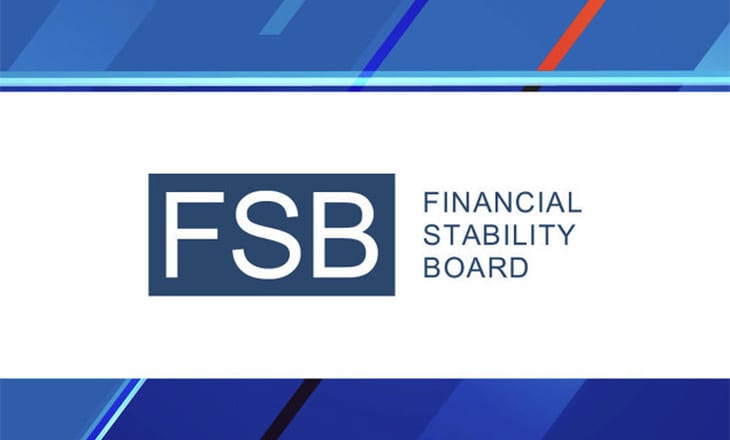The Financial Stability Board (FSB) has today issued for consultation two proposals for guidance on the implementation of its resolution standards which form part of the overall policy framework to end “too-big-to-fail”.
Consultation on Guiding Principles on the Internal Total Loss-Absorbing Capacity of G-SIBs (Internal TLAC)
G20 and FSB members made a commitment last year to the timely, full and consistent implementation of the FSB’s standard on Total Loss-Absorbing Capacity (the TLAC standard) that was published in November 2015. The TLAC standard defines a minimum requirement for the instruments and liabilities that should be held by global systemically important banks (G-SIBs) and readily available for bail-in during a bank resolution. It also requires a certain amount of those loss-absorbing resources to be committed to subsidiaries or sub-groups that are located in host jurisdictions and deemed material for the resolution of the G-SIB as a whole (internal TLAC). The consultative document proposes a set of guiding principles to support the implementation of the internal TLAC requirement, covering in particular:
- The process for identifying material sub-groups;
- Considerations relating to the determination of the size of the internal TLAC requirement, its composition and the trigger mechanism; and
- Cooperation and coordination between G-SIB home and key host authorities.
Consultation on Guidance on Continuity of Access to Financial Market Infrastructures (FMIs) for a Firm in Resolution
A key objective of resolution planning is to ensure the continuity of a firm’s critical functions in resolution. To maintain continuity of critical functions in resolution, it is necessary to ensure the parallel continuity of the services that underpin them, including those provided by FMIs.
The proposed guidance seeks to address the risk of a bank in resolution being unable to maintain access to the clearing, payment, settlement and custody services provided by FMIs that are necessary to continue the provision of a firm’s critical functions in resolution. It builds on Part II of II-Annex 1 of the FSB’s Key Attributes of Effective Resolution Regimes for Financial Institutions, which deals with the resolution of FMI participants, and sets out arrangements to support continuity of access to FMIs for a firm in resolution that apply at the level of the providers of FMI services, at the level of FMI participants and at the level of the relevant resolution and FMI authorities.




